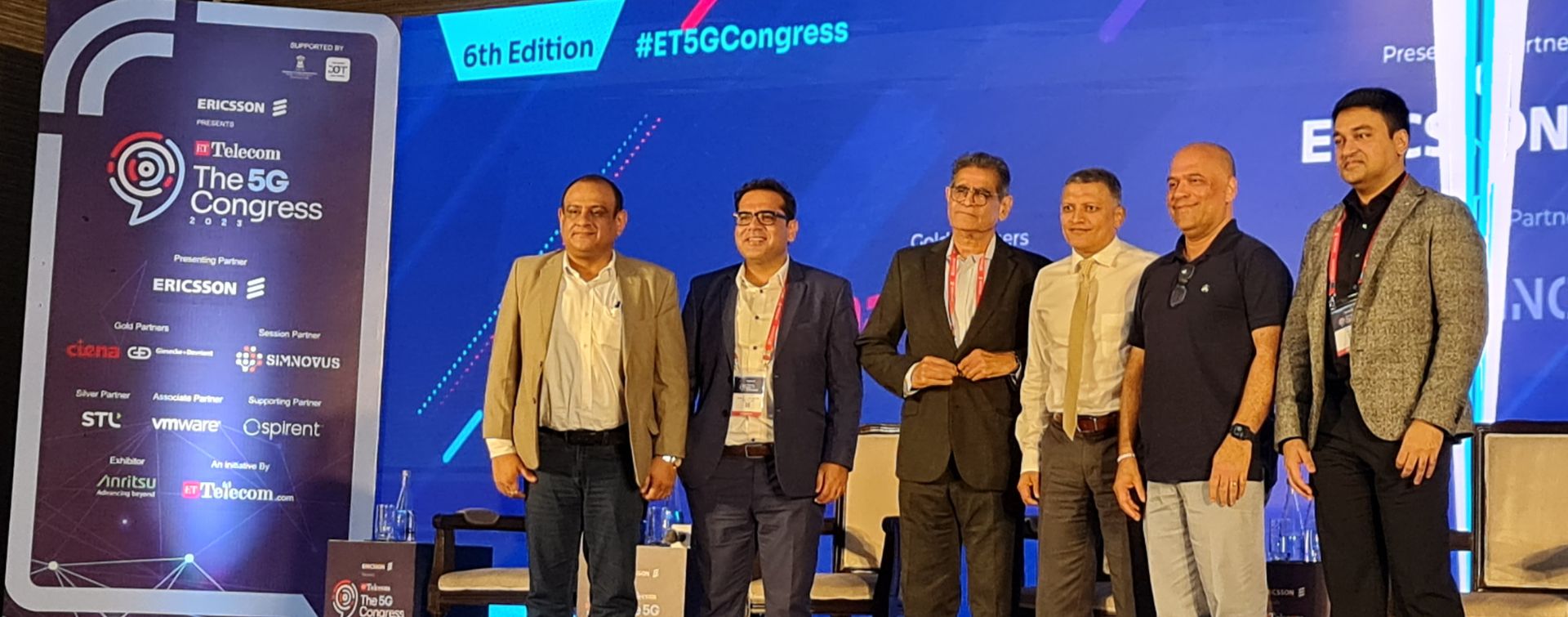Preparing for 5G: Focus on Fiberisation
In India, 5G deployments are on the horizon and will require operators to lay massive amounts of fibre in order to meet expected performance goals. Ciena's Sandeep Goel outlines the challenges operators will face in deploying 5G over fibre, and the steps they must take to ensure the best 5G experience for their customers. This article was first published on tele.net.
According to a GSMA Intelligence report published in May 2019, 5G connections in India are forecast to reach 88 million by 2025. Moreover, India is expected to grow to 920 million unique human subscribers by 2025, approximately a quarter of the world’s new mobile subscribers over this period. As India prepares for the exciting evolution from 4G, upgrading to 5G will require optical fibre, and lots of it, to meet expected performance goals.
Challenges India’s operators face in deploying 5G over fibre
From the standpoint of operators, there are several factors to look into for realising the 5G dream in India. Firstly, when we talk about 5G and fibre, the important aspect of this correlation is the infrastructure, i.e. laying fibre-optic cables. Current towers’ fiberisation is only at 30 per cent (which must also be looked at in terms of tower proximity radius), according to National Broadband Mission. Laying fibre requires operators to have the ‘right’ to dig and lay cables across the vast sub-continent of India, which is the challenging part. This ‘Right of Way’ clearance procedure with authorities was not properly defined until NDCP 2018 was announced, but its implementation remains a challenge across various states.
Along with challenges to laying fibre, most Indian networks are still heavily reliant on legacy systems and manual processes, making automation a pressing need.
5G use-case monetisation is also a key challenge for operators as the current average revenue per user (ARPU) is unsustainable, especially paired with India’s high costs of wireless spectrum.
Steps operators must take to ensure the best 5G experience for their customers
Operators can unlock a lot of potential for 5G by modernising their fibre networks from access to aggregation, and from metro to core, for mobile fronthaul, midhaul, and backhaul. Specifically, here are actions operators can consider to optimise 5G deployments:
- Significantly increase high-capacity, fibre-based connectivity – driven by the expected increase in 5G RAN, as well as for increased network capacity demands
- Adopt flexible network architecture to support not only the 5G Non-Standalone (NSA) mode that accelerates 5G deployments by leveraging existing 4G Evolved Packet Core (EPC) networks, but also the 5G Standalone (SA) mode that leverages a full 5G Core
- Support both hard and soft end-to-end network slicing, vital for operators to provide application-dependent service characteristics
- Intelligently automate and orchestrate physical and virtual network elements to deliver an agile service to prevent operational costs from spiraling out of control
- Leverage an edge cloud architecture to lower latency, reduce long haul transmission costs, and improve security by hosting content and applications locally
To support operators’ 5G preparedness in India, Ciena has developed a state-of-the-art suite of 5G Network Solutions comprised of software, hardware, and professional services. Operators can use purpose-built routers specifically optimised for network slicing and the convergence of 4G and 5G xHaul (fronthaul, midhaul, and backhaul) transport networks for simpler and highly cost-effective network designs. With Blue Planet Intelligent Automation Software, operators can create highly differentiated mobile services implemented via intelligent data-driven network slicing and dynamic planning capabilities.
Our dedicated teams at Ciena Services help operators migrate their network infrastructure from 4G to 5G and realise what we call the Adaptive Network™. We use our field-proven modernisation methodologies, best practices, and industry-leading analytical tools to ensure the migration is smooth and successful. We can perform all necessary activities, from initial strategy consultation through implementation, as well as ongoing maintenance along all stages of the journey to 5G.
Each mobile network operator is on their own journey from 4G to 5G with unique start and end points. To learn more about how Ciena helps operators to converge and intelligently automate 5G networks, please read this application note.
"Cities in the past were built on riverbanks. They are now built along highways. But in the future, they will be built based on availability of optical fibre networks and next-generation infrastructure."- Narendra Modi, PM, India












